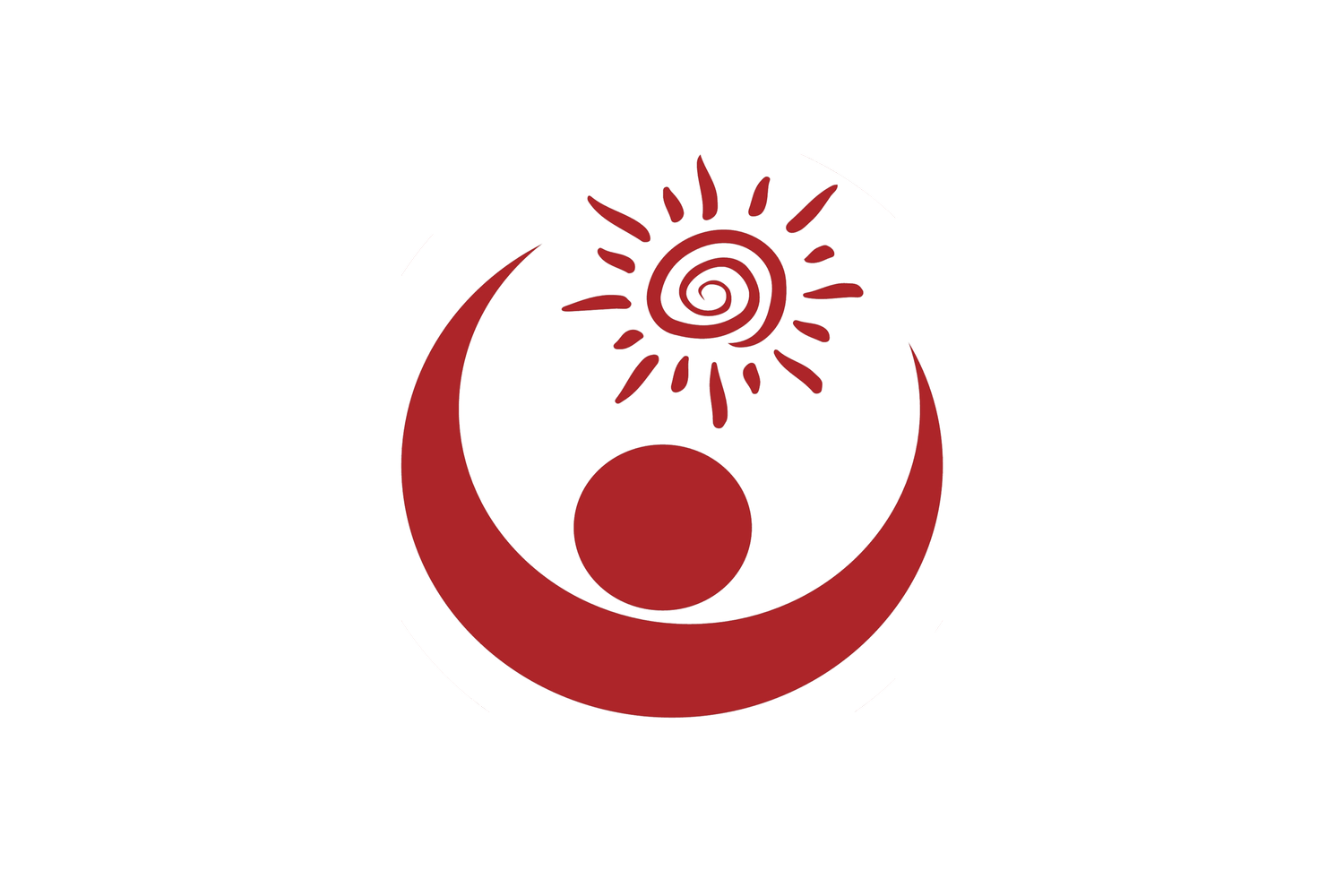A contracture deformity is the result of a stiffness or constriction in your muscles, joints, tendons, ligaments, or skin that restricts normal movement. It develops when your normally pliable connective tissues become less flexible. This means your range of motion will be limited. You may have difficulty moving your hand, stretching your legs, straightening your fingers, or extending another part of your body.
Contractures can occur in different parts of your body. A muscle contracture involves the tightening/shortening of the muscles. If you have a joint contracture, you will experience limited range of motion in an area of your body where two or more bones connect. Your skin can also become scarred (e.g., burned) and contract, limiting your ability to move that part of your body.
Symptoms of Contracture Deformity
The main symptom is reduced ability to move an area of your body. You might also have pain, depending on the location and cause of the problem.
Common Causes
The main causes of contracture are inactivity and scarring from an injury or burn. People who have other conditions that keep them from moving around are at high risk for tightening of their muscles and joints. For example, joint contractures are common in patients discharged from intensive care units or after long hospital stays.
Other causes include diseases that are inherited or that develop in early childhood. Muscular dystrophy is a disease that involves weak muscles and muscle tissue loss. People with this disease often experience muscle tightness. Cerebral palsy is also a disease that causes muscle tightness and limits movement.
Central nervous system diseases like polio also cause this condition. Additionally, if you suffer from conditions that cause inflammation, such as rheumatoid arthritis, you are more at risk.
When to Seek Help
If you get burned or injured, seek immediate medical assistance. Also, call the doctor if you suddenly notice your ability to move the affected part of your body is limited.
Seeking treatment for chronic diseases and underlying conditions like rheumatoid arthritis is also important for decreasing or preventing symptoms.
Addressing and Easing Symptoms
Medical Exam
Your doctor will give you a physical exam and ask about your medical history. Be prepared to explain your symptoms. You will be asked about the specific location of the problem, its intensity, how much movement you still have, and how long your movement of that area has been restricted. Your doctor may order X-rays or other tests to diagnose the condition.
Physical Therapy
Physical therapy is one of the most common treatments for contractures. It helps to increase your range of motion and strengthen your muscles. Physical therapy sessions require regular attendance for best results. Your physical therapist may also show you exercises to do at home.
Devices
You may need to wear a cast or a splint to help stretch the tissues near the problem area. A continuous passive motion (CPM) machine may be used to keep the affected part of your body moving. A wheelchair may be necessary if your ability to move is very limited.
Medication
Your doctor may prescribe medication to reduce inflammation and pain. In cerebral palsy patients, botulinium toxin (Botox) is sometimes injected into muscles to weaken them as a strategy for postponing surgery.
Surgery
Surgery may be needed to lengthen muscles or repair ligaments, tendons, or bones damaged in an accident. For example, your surgeon may repair a ligament in your knee, with the hope that you’ll regain full range of motion in the long term.
Consequences of Forgoing Treatment
Delaying or forgoing treatment may make it difficult or impossible to regain your range of motion. Depending on the area of your body that is affected, stiff muscles, joints, and skin can interfere with performing everyday tasks at home and work.
People with diseases like cerebral palsy and muscular dystrophy should be under continual medical care to ensure their best outcomes.
If you have stayed long-term in the hospital or have been injured, it is especially important to tell your doctor about any stiffness or loss of movement you have.
Prevention
Regular exercise and an active lifestyle can help prevent muscle and joint stiffness. Ask your doctor about the best exercise program for you. When playing sports or lifting heavy objects, exercise caution to prevent injuries.
If you are injured, see your doctor right away. Following your doctor’s treatment recommendations could help prevent contracture. Physical therapy and devices that passively move your joints can also help to prevent problem areas from stiffening.
